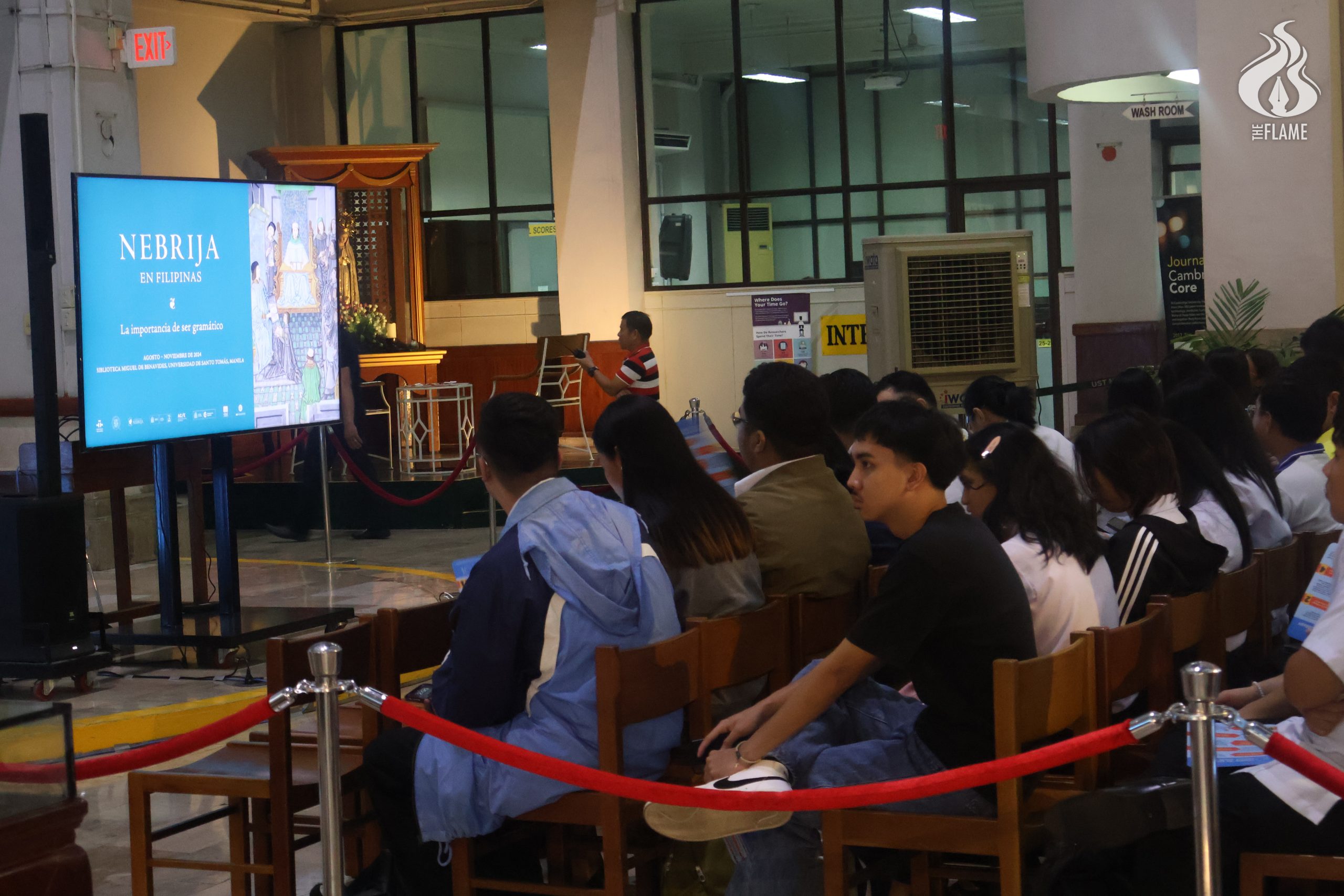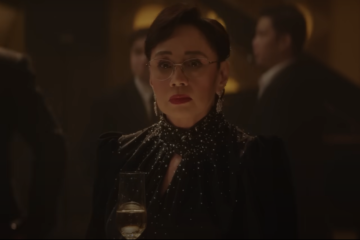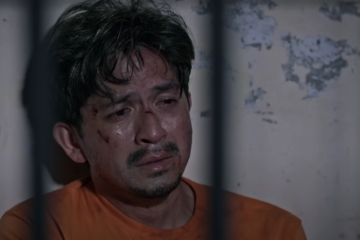
TO FULLY understand the development of local language and how to further widen its reach, one must embrace new and opposing views about it, an exhibit curator said.
Assoc. Prof. Marlon James Sales, a contributor for an exhibit that showcases the works of Spanish grammarian and poet Elio Antonio de Nebrija cited the need to recognize other perspectives such as Nebrija’s method when it comes to learning about local languages.
“Hindi natin sinasabi na ito ang tama at dapat ito ang maging batayan o modelo sa pag-aaral. Ngunit, maganda na magkaroon tayo ng kontra-partido sa punto natin ng pag-aaral ng wika upang makita din natin saan pa tayo maaaring mag-ambag o mapapalawig ng wikang Filipino,” Sales told The Flame.
(“We are not saying it is right or the basis or model for studies. But it would be better to have opposing points on how to study language so we can see where we can contribute to or how we can enrich the Filipino language.”)
Sales noted the already existing diversity of Philippine languages long before colonial influence came.
“We have a rich language history. No part of the Philippines is monolingual. Before the arrival of the Spaniards, we have been multilingual,” he added.
Nebrija, known for his notable contributions to the linguistic heritage of the Philippines, first made a significant impact with his continental bestseller titled “Introductiones Latinae.” His methodological approach to Latin grammar simplified the complexity of the language. Nebrija’s work was used as a reference by Spanish friars who attempted to analyze the Philippine language, contributing to the further adaptation of these languages.
“If we use Nebrija as our reference, we would see the tradition brought by the Spaniards from Europe and the efforts to adapt our language with reality, just like the adaptation. of Latin through the Spanish language or the languages in the Philippines like Tagalog (and) Bisaya,” Sales said.
He expressed hope that the exhibit would give spectators a new perspective on the roots of local languages.
“What is important is we go beyond the limited perspectives about our language,” he added.
The UST Miguel de Benavides library, in partnership with Instituto Cervantes, launched the exhibit “Nebrija En Filipinas: La importancia de ser gramático” on Thursday, Aug. 22. Curated by University of Alcalá Latin philology professor Teresa Jiménez Calvente with contributions from University of the Philippines Diliman European languages Assoc. Prof. Marlon James Sales, the exhibit showcases the works and legacy of Nebrija.
All 14 original information exhibit panels from the Instituto Cervantes de Manila are on display alongside four new panels created specifically for the exhibit.
The exhibit also highlighted other grammar manuals of first vernacular languages such as the Arte y Reglas de la Lengua Tagala by Fr. Francisco de San José, O.P., which is considered to be one of the first attempts to describe the Tagalog language.
The exhibit also featured other works, including the Doctrina Christiana in Chinese and Tagalog, the Vocabulario De La Lengua Bicol to Diccionario Pangasinan-Español, and restored versions of Nebrija’s published books.
Nebrijas en Filipinas will be on display at the UST Miguel de Benavides Library’s exhibit area until Nov. 22. The event marks the second leg of the exhibition in the Philippines, following its first presentation last March 2024 in Intramuros, Manila. F – J.M. Abdul



